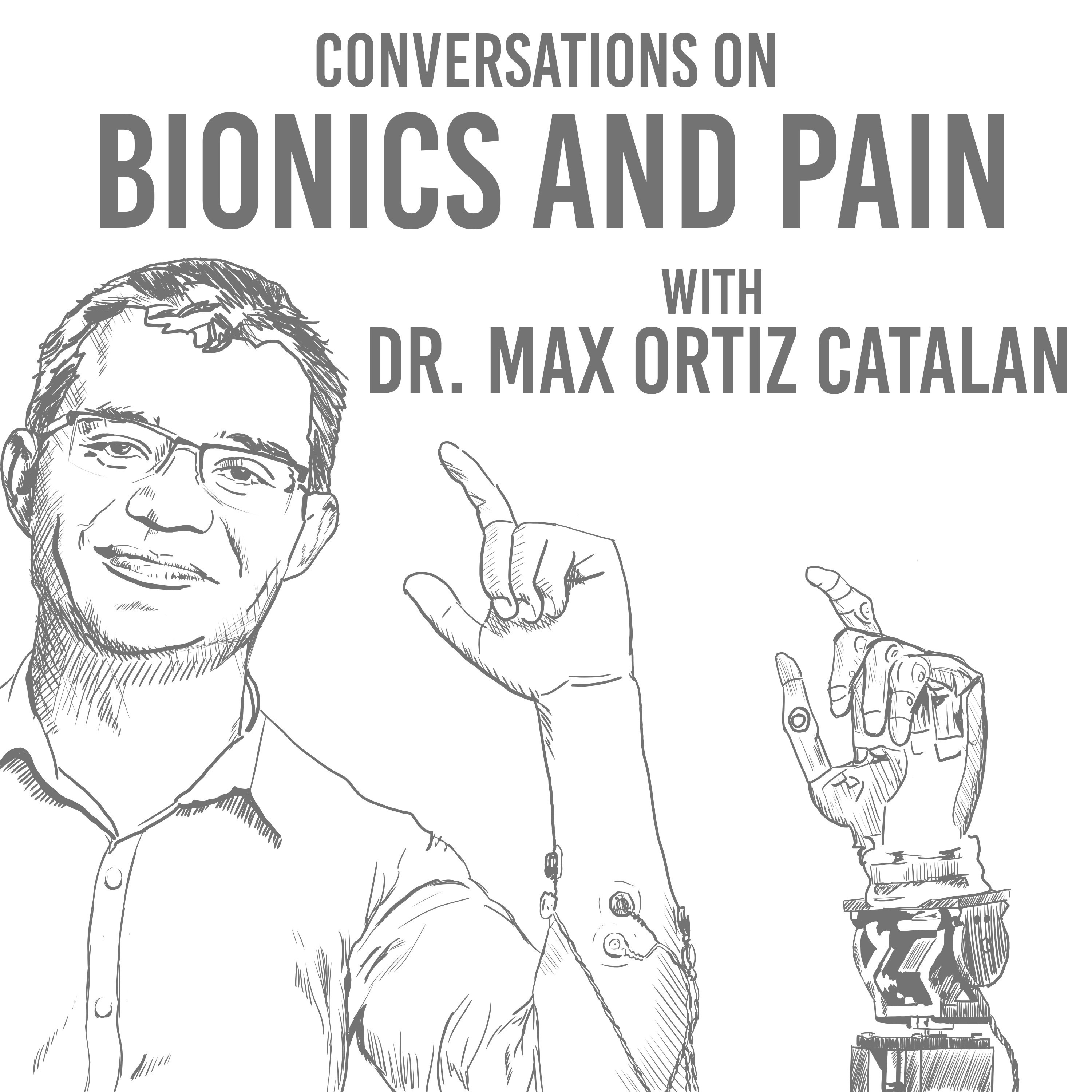A2 Somatosensory Plasticity | Prof. Sliman Bensmaia
51m | Apr 25, 2021Episode on the article “Chronic Use of a Sensitized Bionic Hand Does Not Remap the Sense of Touch” (Ortiz-Catalan et al., Cell Reports, 2020). I discuss with Prof. Sliman Bensmaia at the University of Chicago, with whom we published this article, how the long-term used of a bionic hand that elicits tactile sensory feedback in a location distinct to that observed by the user, provided evidence to the inability of the brain to change enough as to generate an experience that solves the mismatch. In other words, we showed a hard constraint to brain plasticity in the somatosensory system.
Interview by Dr. Max Ortiz Catalan, Ph.D., Bionics Professor and Director of the Center for Bionics and Pain Research (Social media: FB, TW, IG, and LI).
Episode timestamps
(00:00) Coming up
(04:00) Introduction
(11:25) Introducing Prof. Sliman Bensmaia
(12:30) Betting on brain plasticity
(13:48) How do we feel touch?
(14:54) Our experiment with neuromusculoskeletal prostheses
(17:53) Lack of selectivity of neural interface
(20:12) Why should percept location change?
(22:05) Evidence for perceptual updates
(28:19) Brain plasticity
(30:35) Somatosensory plasticity would have benefited designers of neural interfaces
(34:01) Single vs train of pulses
(39:58) Sex transfer procedures support the stability of somatosensory (phalloplasty)
(43:26) Stay open to possibilities, yet state your stand.
(46:36) Ideal restoration of sensory feedback
